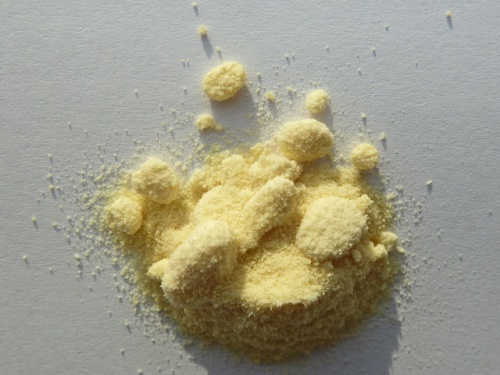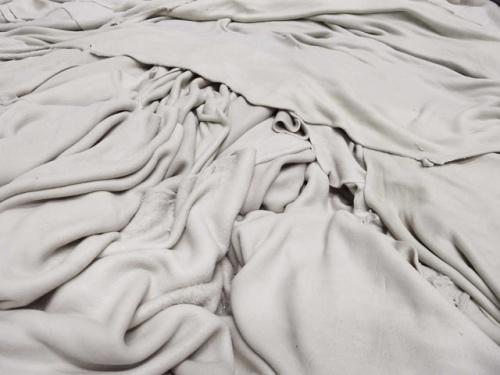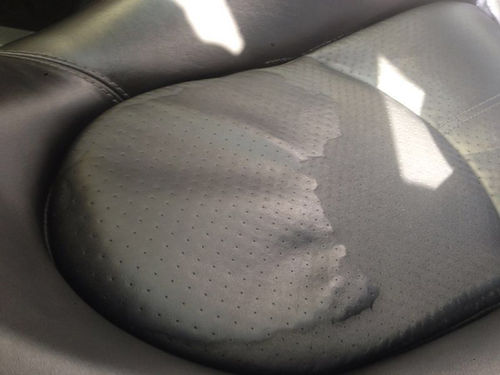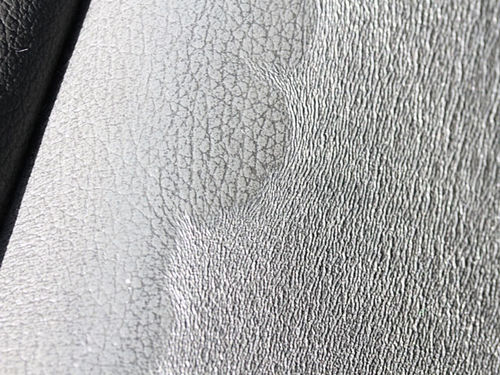Difference between revisions of "Synthetic tanned"
| Line 21: | Line 21: | ||
<p> </p> | <p> </p> | ||
| − | A disadvantage of [[Chrome tanned#Chrome-free leather - FOC = Free of Chrome|chrome-free (FOC)]] synthetic tanned leather is its sensitivity to moisture in the leather, plus heat. Approx. 50% of all [[car leather]] is FOC. If a convertible is rained on, a liquid runs out and if a wet towel or a wet swim suit remains too long on the leather, moisture migrates through the [[finish]], the [[Leather seams|seam holes]] or the [[Perforated leather|perforation holes]]. If sun shines on such wet leather, the matrix water (chemically bound in leather) starts boiling and the leather [[Shrunken leather - leather shrinkage|hardens and shrinks]]. | + | A disadvantage of [[Chrome tanned#Chrome-free leather - FOC = Free of Chrome|chrome-free (FOC)]] synthetic tanned leather is its sensitivity to moisture in the leather, plus heat. Synthetic tanned leather starts to [[Shrunken leather - leather shrinkage|shrink]] at a temperature of 75°C. |
| + | |||
| + | Approx. 50% of all [[car leather]] is FOC. If a convertible is rained on, a liquid runs out and if a wet towel or a wet swim suit remains too long on the leather, moisture migrates through the [[finish]], the [[Leather seams|seam holes]] or the [[Perforated leather|perforation holes]]. If sun shines on such wet leather, the matrix water (chemically bound in leather) starts boiling and the leather [[Shrunken leather - leather shrinkage|hardens and shrinks]]. The otherwise usual [[Chrome tanned|chrome tanning]] of car leather is less sensitive and only shrinks at temperatures above 85°C. | ||
Revision as of 19:25, 12 December 2022
Synthetic tanning is frequently used as an alternative to chrome tanning.
Synthetic tanning agents (aromatic syntans) are produced artificially, so have no counterpart in nature. Examples of these include formaldehyde, glutaraldehyde, phenols and acrylates. The synthetic tanning method is not employed as an isolated tanning process, but mostly as part of a combination tanning process with either chrome tanning or vegetable tanning. Chrome leather production ensures retanning with synthetic tanning agents as they provide the necessary “fullness" to the leather. It is estimated that annual production of synthetic tanning agents amount to 200,000 tonnes (2008).
After tanning, when the leather is still wet and not dyed, it gets a bright colour and hence is also referred to as wet white.
Synthetic tanning agents - Wet white
A disadvantage of chrome-free (FOC) synthetic tanned leather is its sensitivity to moisture in the leather, plus heat. Synthetic tanned leather starts to shrink at a temperature of 75°C.
Approx. 50% of all car leather is FOC. If a convertible is rained on, a liquid runs out and if a wet towel or a wet swim suit remains too long on the leather, moisture migrates through the finish, the seam holes or the perforation holes. If sun shines on such wet leather, the matrix water (chemically bound in leather) starts boiling and the leather hardens and shrinks. The otherwise usual chrome tanning of car leather is less sensitive and only shrinks at temperatures above 85°C.
Shrinkage of synthetic tanned car leather due to moisture in leather and sun.
Additional information
- Tanning leather
- Tannins
- Chrome tanning
- Vegetable tanning
- Chamois leather
- Tawing with alum
- Brain tanning
Video about the leather production in the tannery
The leather production in the tannery.
| Tanning methods |
|---|
| Chrome tanning - Vegetable-tanned leather - Synthetic tanning - Tanning with fats and oils |












 a kotori web solution
a kotori web solution